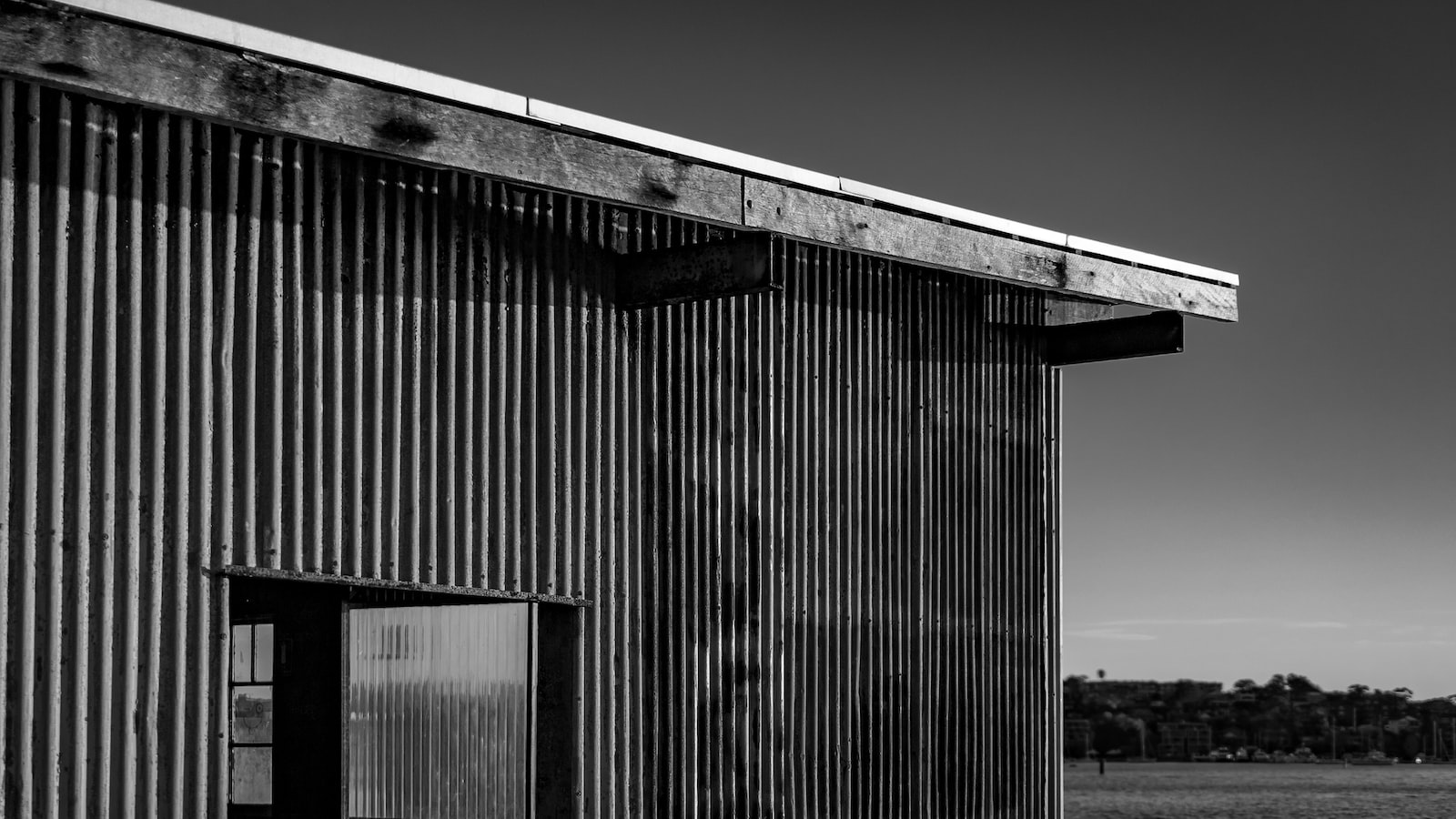Prefabricated metal buildings are a cost-effective, efficient way to provide storage space or additional living quarters. With their many advantages and features, they can be an ideal solution for many construction projects. However, it is important to consider this building option’s potential drawbacks before deciding. This blog post will explore the advantages and disadvantages of prefabricated metal buildings and help you decide if they are right for your project.
Red Iron Is A Popular Choice
Red Iron is a popular choice for prefabricated metal buildings, due to its strength, durability, and relatively low cost. Red Iron frames are made of galvanized steel which is resistant to rust and corrosion, making it an ideal material for outdoor structures. It is also quick and easy to install due to its lightweight nature and can be erected in a fraction of the time it would take with other materials. Furthermore, outdoor red iron buildings can be enhanced with a variety of finishes and color options to customize the look. All in all, red iron is an attractive choice for those looking for a cost-effective, durable building solution.
Short Construction Time
Prefabricated metal buildings have a key advantage in that they can be assembled very quickly. This is because the components are pre-fabricated offsite and simply need to be connected and secured onsite. This often means that construction time can be reduced significantly compared to traditional building methods requiring more labor-intensive work such as bricklaying. This makes prefabricated metal buildings an ideal choice for those who are looking for a quick and easy build that can be completed in a shorter time frame. Additionally, the speed of construction also means that costs can be kept to a minimum as less labor is required.
They Are Environmentally Friendly
Prefabricated metal buildings are increasingly popular due to the fact that they are environmentally friendly. The materials used in their construction, such as steel and aluminum, are much easier to recycle than other building materials which makes them a great option for those looking to be more eco-friendly. Moreover, since these structures require little maintenance over time, they consume less energy and resources than other types of buildings.
Additionally, these buildings can often be designed to take advantage of natural light and ventilation which helps minimize their environmental impact even further. Therefore, prefabricated metal buildings are a great choice for those looking to have a lower environmental footprint and do their part in helping the environment.
They Are Prone To Rust
Prefabricated metal buildings are not immune from rust, as they are built from steel. In fact, if the building is in an area exposed to a lot of moisture or humidity, it could be even more prone to rust than other materials. Regular maintenance and inspection can help keep any rust damage to a minimum. Proper coating and galvanization can also help protect the steel components of the building and minimize rust damage.
In addition, it’s important to use quality fasteners that are designed to resist corrosion, since they will be exposed to a lot of moisture and humidity over time. Ultimately, with proper care and maintenance, any rust damage can be minimized and managed to ensure that your prefabricated metal building lasts for many years.
It Is Not Great Against High Heat
Prefabricated metal buildings are not the best choice when dealing with high temperatures. Steel can easily become warped and bent due to extreme heat, and while insulation may help reduce the effect on the structure, it is still something to consider if you want your building to remain in good condition for a long period of time.
In addition, many metal buildings can become quite hot in high temperatures, which may be uncomfortable for occupants or lead to increased energy costs to keep them cool. While metal is a great choice for many types of structures, its performance in high heat should be carefully considered.
Reusable Materials
Prefabricated metal buildings have the advantage of being made from extremely durable and reusable materials. The main component, steel, is one of the strongest and longest-lasting building materials available. It can be recycled or reused in a variety of ways, making it an eco-friendly choice for construction projects.
Additionally, due to their strength and durability, prefabricated metal buildings are very resistant to damage from weather and pests, making them an ideal choice for outdoor storage solutions. As the materials used in these structures can be recycled or reused, they have a much lower environmental impact than traditional construction methods. If you want to delve deeper into the advantages and disadvantages of prefabricated metal buildings, you can learn more about prefab modular buildings by visiting this informative source.
In conclusion, prefabricated metal buildings offer many advantages, such as their speed of construction, eco-friendliness, and durability. However, they do have some drawbacks, such as rust potential and a lack of performance in high temperatures. Ultimately, it is important to carefully weigh the pros and cons before deciding whether prefabricated metal buildings are right for your project.


